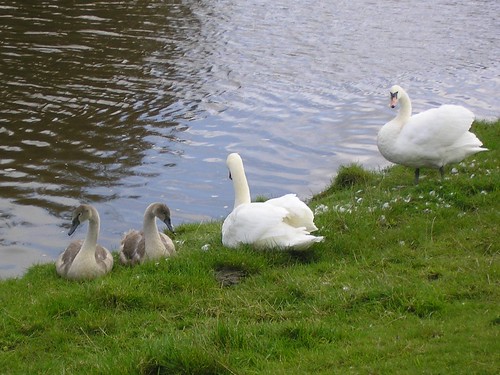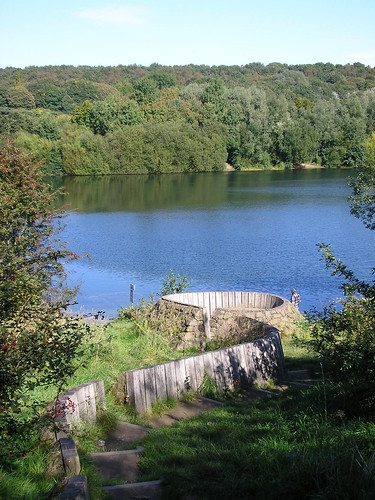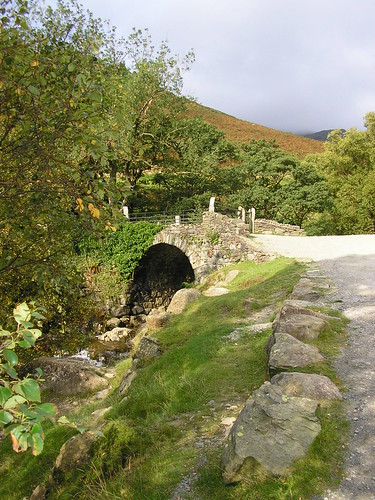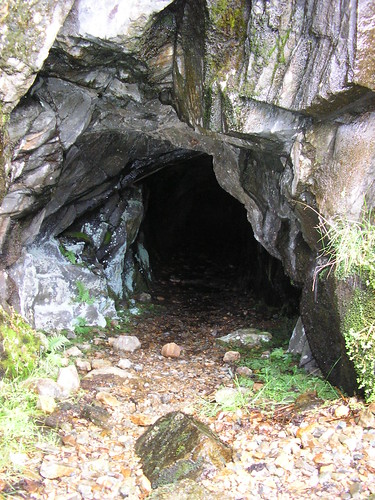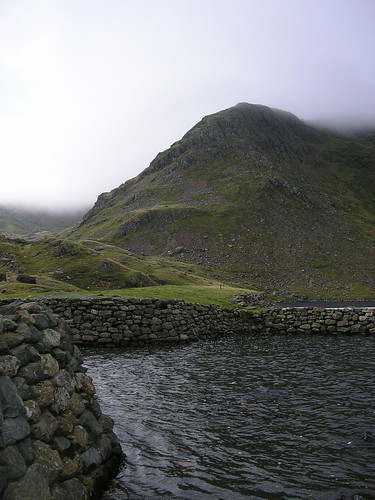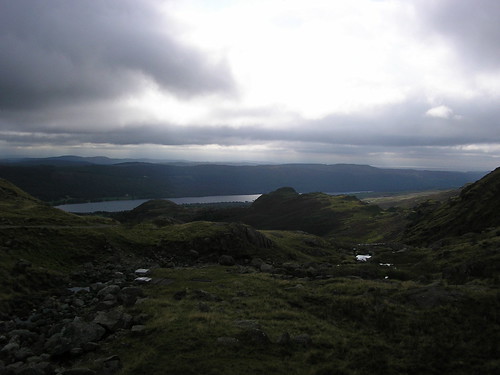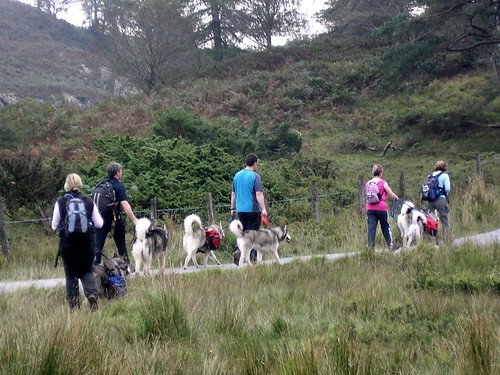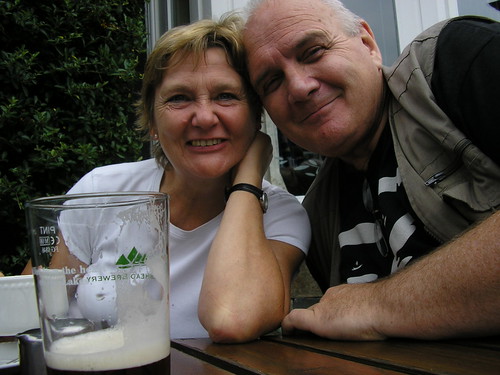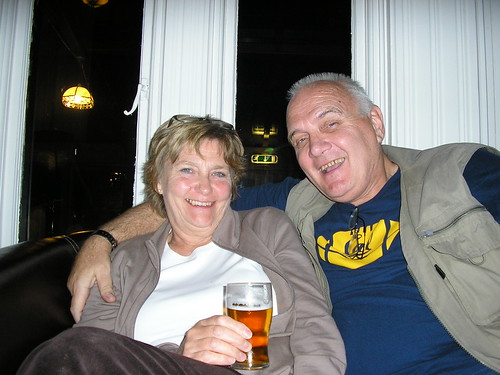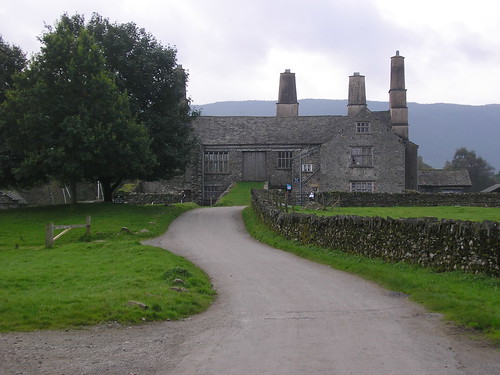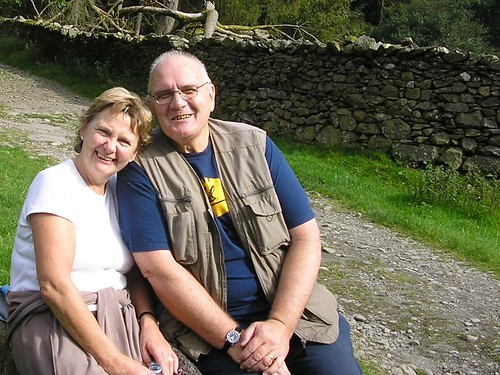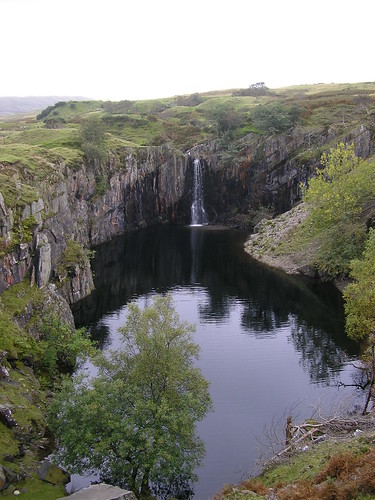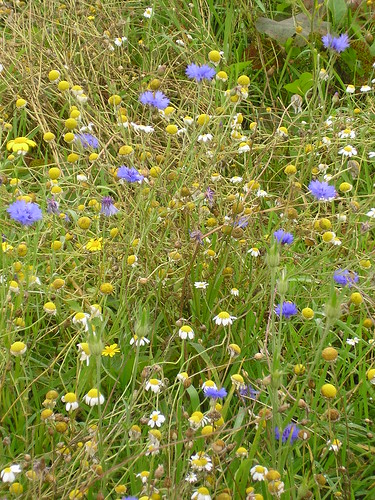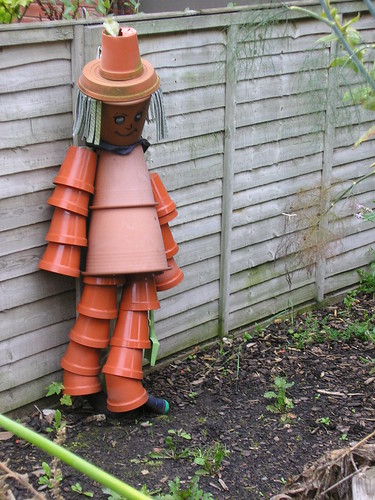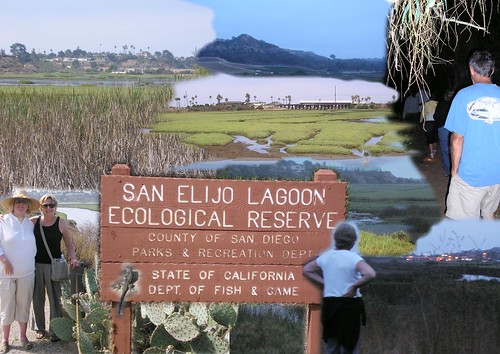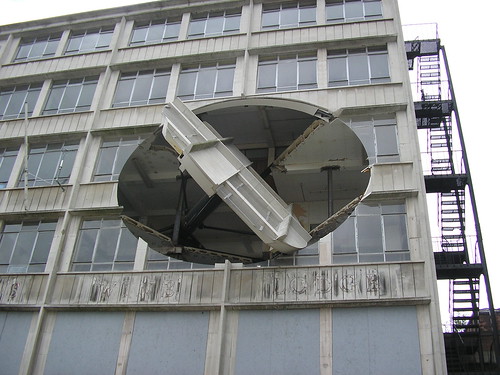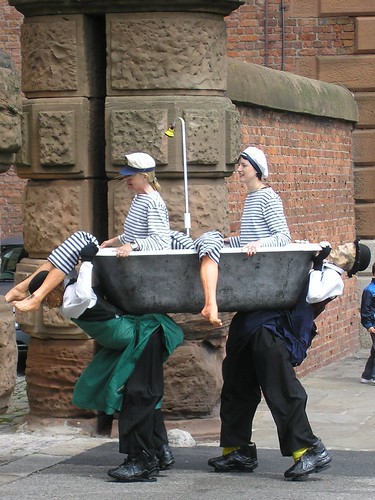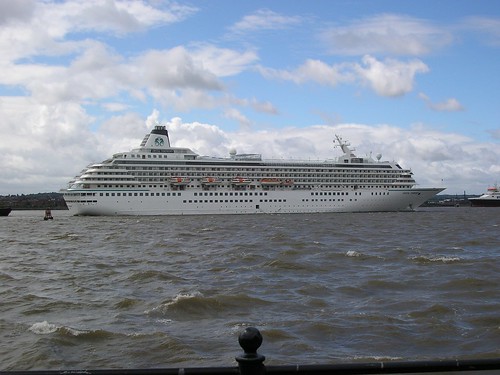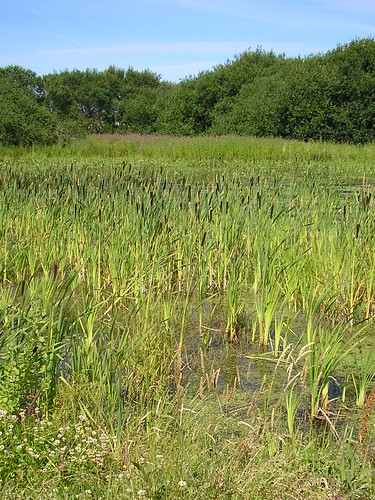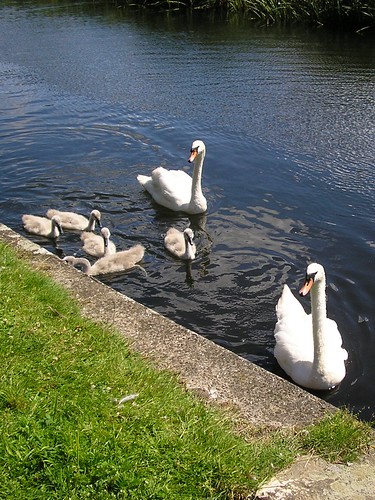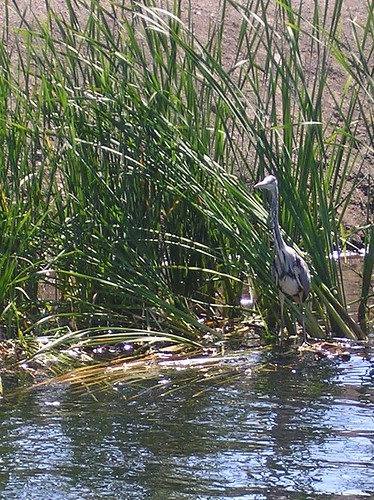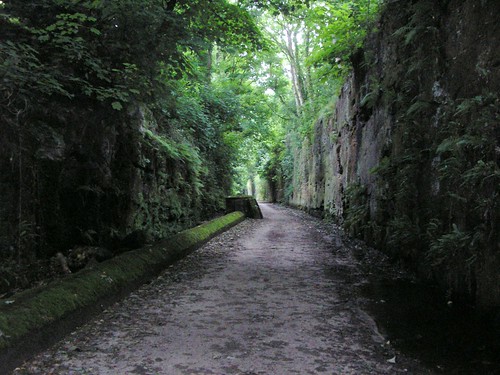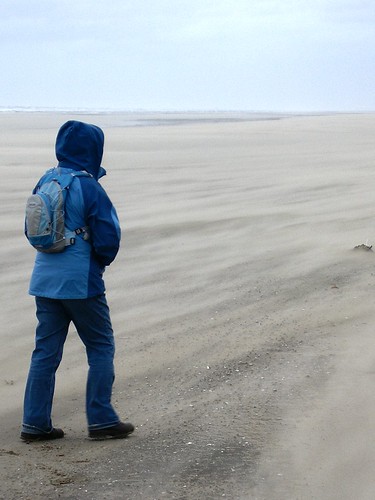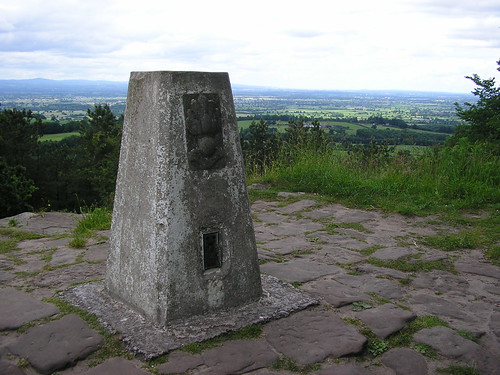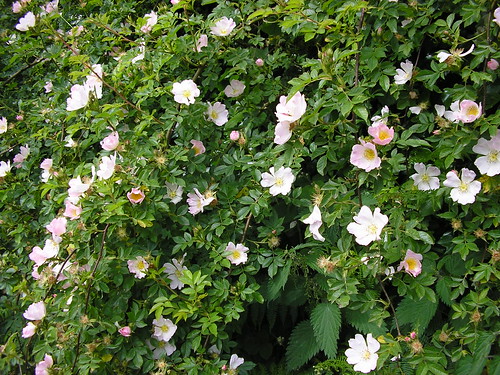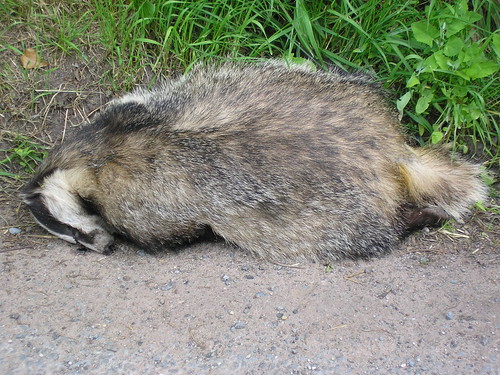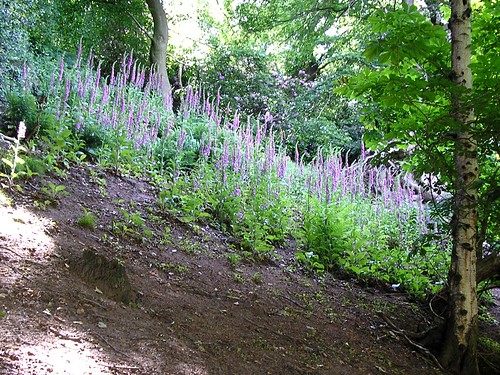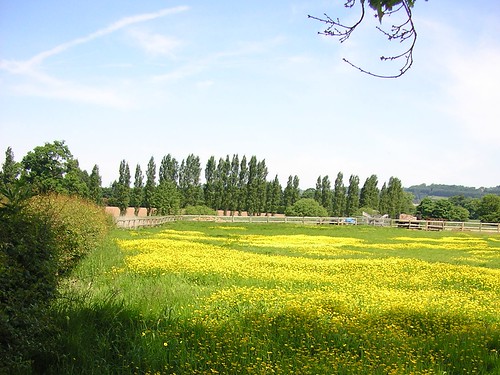Our walk last week can be viewed at
http://www.gmap-pedometer.com/?r=2261142. 6.6 miles in total. It was the first walk from a book I'd purchased when the car was in for its 80k service;
Riverside Rambles along the Mersey by
Ron Freethy.
It's a good job the walk was enjoyable because the guide wasn't! I think is was one of the least helpful books I've ever tried to use and the first one that I had difficulty in fathoming where I was, let alone where I had to go.
Enough of moaning - we started at
Paddington Bank (which was some way from the A50/A57 Junction it was supposed to be next to) and, once I'd convinced Chris which way was upstream, we headed off towards Manchester. We were soon in open countryside disturbed only by the noise of oars as various crews made there way downstream. I'm not convinced we saw the long disused navigation known as the
Woolston Old Cut; it had been important before the opening of the
Manchester Ship Canal in 1894.
Water meadows, beside the Mersey, had cattle grazing in what had turned out to be a nice day.

The guide rambles on about the
Black Bear Canal which I later discovered was near the end of the walk; God only knows why it was added as the second part of the walk;
You will see from the map that we took a detour and had to retrace our steps; we also missed
Grey Mist Pond as there was no indication of when we left the bank of the Mersey. (Remined to myself - plot the walk on the map before leaving home! Grrrrrrrrr!
There was no mention of the canal we walked along and, when we reached
Woolston new and old weirs having turned right it wasn't anywhere near where the guide suggested. Any remnants of the gunpowder works seem to have long gone.
Apparently we had to desend to the
Manchester Ship Canal, which was several feet above us, and follow the obvious route parallel to the village of Thelwall. I think it is called a towpath! Ron Freethy is, apparently a journalist, his guide has confirmed that you can't believe anything written be a Journalist :-)
Thelwall means a "pool by a plank bridge"
We left the Manchester Ship Canal at
Latchford Locks making our way back to the car. We crossed the Mersey once again, on the A50 and I was particularly taken by the lighting on the bridge...
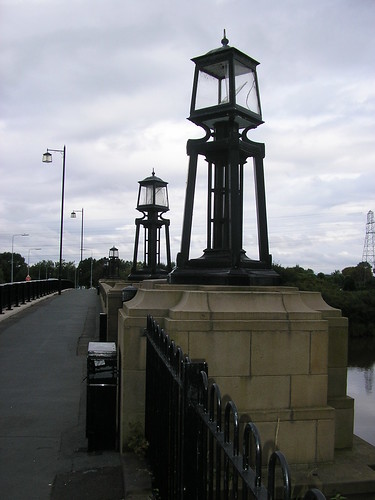
Now I could see the Black Bear Canal that Ron had gone on about at the beginning of the walk; it comes to all who wait! Apparently it was named after an existing pub (much to the disappointment of Chris).
The final stretch was along the river again, upstream, and alongside some impressive allotments.
In general a very enjoyable walk, in spite of the poor guide used.


